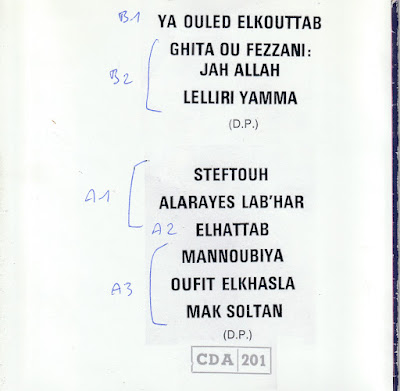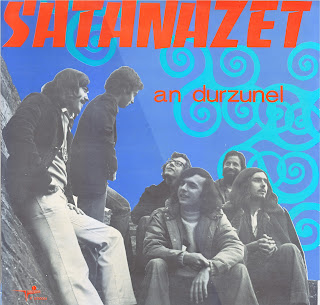YOURA MARCUS & CRISTI GIBBONS
sans titre ... (untitled ...)
Arfolk, 1979, SB 373
Youra Marcus was one of the pioneers in the French revival movement at the end of the sixties. He played the five-string banjo and bluegrass and old-time music. He was a member of the first (probably) French band that specialized in American music with Gabriel Yacoub and Phil Fromont in 1969. The band was called the New Ragged Company. Then he met other important artists during the seventies like Bill Deraime, Patrick Desaunay, John Wright ... He played in duet with the American banjo player Derroll Adams between 1978 and 1986. He passed away in 2020.
This album was recorded in 1977 and released two years later. Here he's with the female-singer, hurdy-gurdy and autoharp player Cristi Gibbons. There is no information about her on the album but I read on the web that she was at the time P. Molard's wife. I suppose she was American. The other musicians are Christian Gourhan on fiddle, J. Padovani on drums, Lolotte on piano, Dan ar Bras on guitar, P. Beaupoil on bass, Patrick Molard on flute, whistle and Scottish bagpipe, Dominique Molard on bodhran. Youra also sings and plays guitar and autoharp.
The repertoire is mainly American of course with some compositions by Marcus and Gibbons like ''Sans Titre".
On track B1 they play a ''Norvégienne'' which is a Norwegian reinlender similar to the scottish.
There is a mistake on the cover for track A5 where P. and D. Molard play as well. This track called Termaji was P. Molard' and Cristi's composition and refers to the way people in Brittany used to call the magic lantern at the beginning of the XXth century. Termaji was the name of the trio Marcus set up with Molard and Gibbons in Brittany.
There is an interesting arrangement on track B2 where Gibbons sings with Molard's pipe before he plays the tune as a pibroch to the end.
The lyrics in English are on the back cover.







































